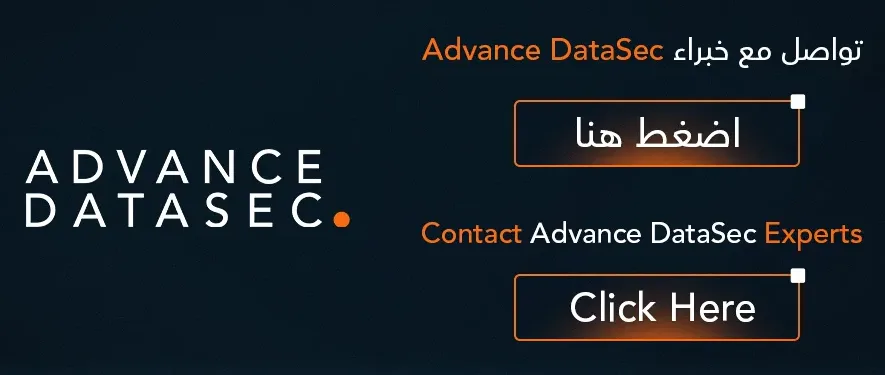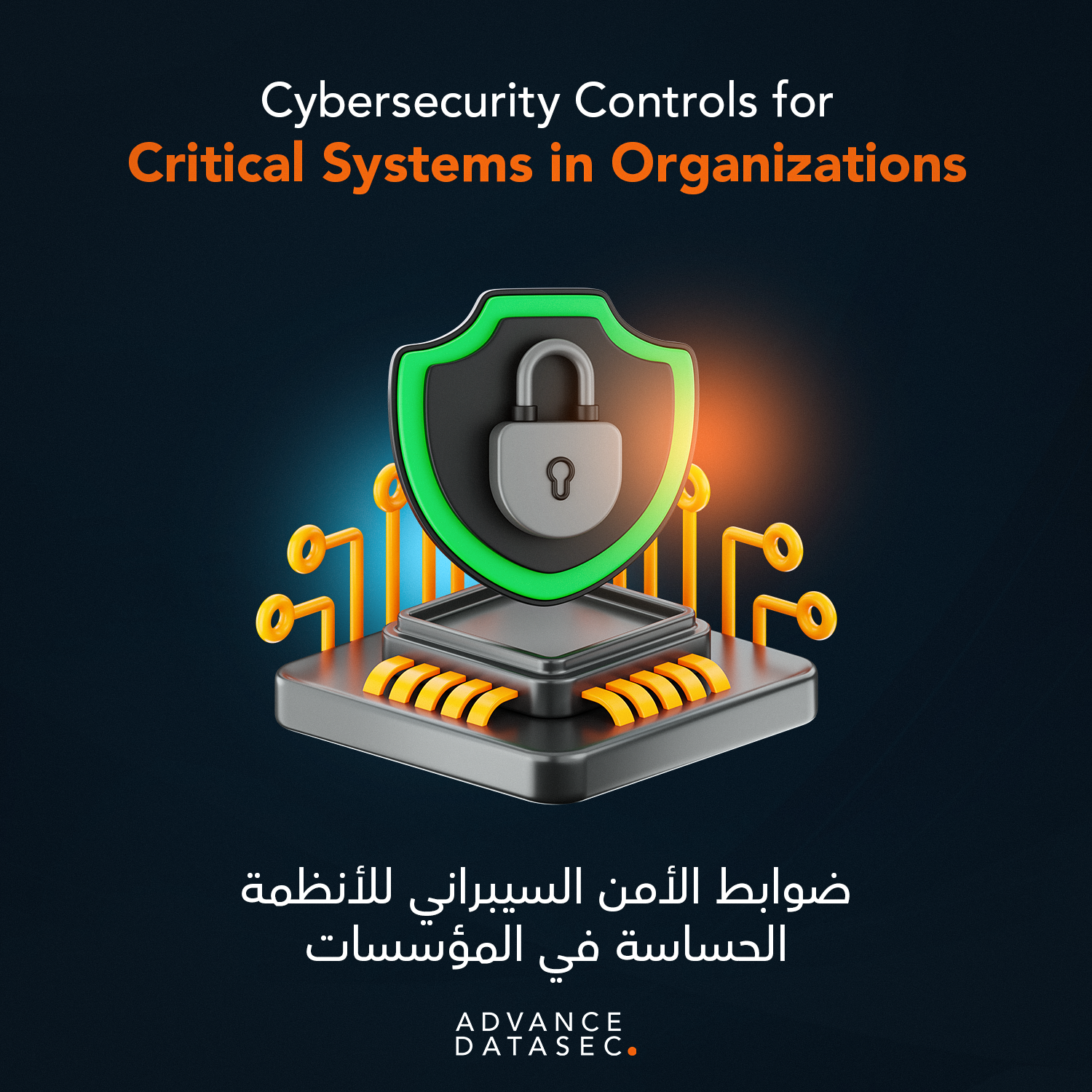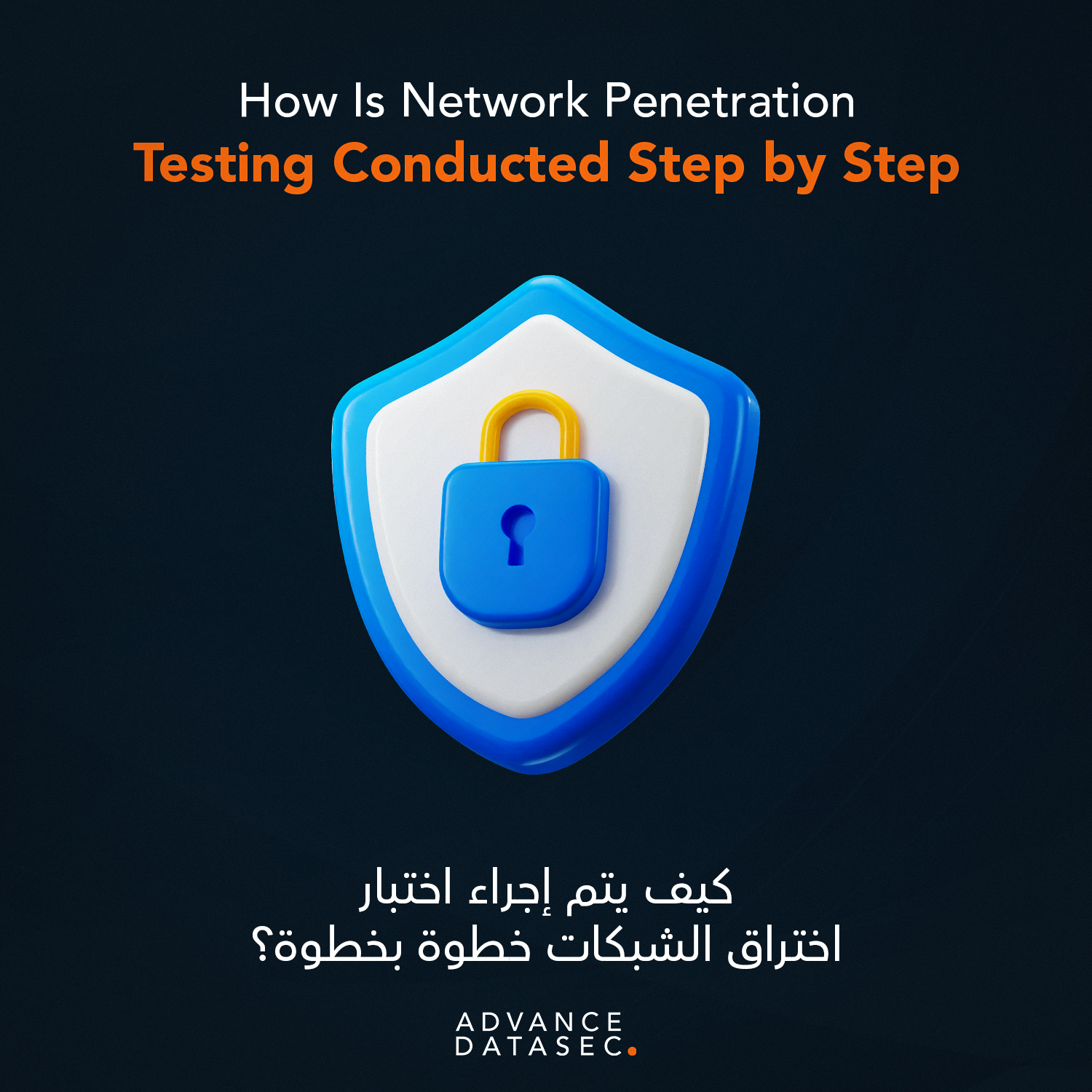In today’s interconnected digital landscape, every organization, regardless of its size, operates on a foundation of critical systems. These systems—ranging from Supervisory Control and Data Acquisition (SCADA) systems in utilities and manufacturing to core banking platforms and national healthcare databases—are the digital lifeblood of a business and, often, the country itself. A disruption, compromise, or failure of these systems can lead to catastrophic financial loss, operational downtime, and even danger to public safety. Therefore, the implementation of robust and layered cybersecurity controls for critical systems is not merely a best practice; it is a strategic imperative.
This comprehensive guide, tailored for organizations operating in a high-stakes environment like Saudi Arabia (KSA), will explore the foundational pillars and advanced strategies necessary to fortify your most vital digital assets against the ever-evolving threat landscape.
The Imperative of Protecting Critical Infrastructure
Critical systems are characterized by two core factors: their essential role in the organization’s core mission and the severe, often irreversible, impact of their failure. Unlike typical IT assets, a breach in an Operational Technology (OT) or critical financial system can halt production, leak sensitive national data, or violate stringent regional compliance mandates like the NCA ECC, NCA CCC, and SAMA CSF.
The threat landscape is relentless. Nation-state actors, sophisticated criminal syndicates, and even insider threats are continually probing for weaknesses. For these reasons, a generic security approach is insufficient. Only a targeted, defense-in-depth strategy focusing specifically on comprehensive cybersecurity controls for critical systems will suffice.
Foundational Pillar 1: Technical and Architectural Controls
The first line of defense rests on the technical architecture designed to isolate, protect, and monitor critical assets.
Network Segmentation and Isolation
The principle of “least connectivity” is paramount. Critical systems must be isolated from the general corporate network. This is achieved through rigorous network segmentation, often using firewall appliances and Virtual Local Area Networks (VLANs).
- Physical and Logical Air-Gapping: Where feasible, physically separate OT networks from IT networks. For cases where this is not possible, implement demilitarized zones (DMZs) and unidirectional gateways to strictly control data flow.
- Micro-segmentation: Apply policies down to the workload level within the critical system environment, ensuring that a compromise of one element cannot easily pivot to another.
Strong Authentication and Access Control
Access to critical system consoles, databases, and control layers must be strictly governed by the Zero Trust model: “Never trust, always verify.”
- Multi-Factor Authentication (MFA): Implement mandatory MFA for all privileged and remote access to critical systems.
- Privileged Access Management (PAM): Solutions like PAM tools (which Advance Datasec offers) are essential for controlling, monitoring, and recording all actions performed by privileged accounts, enforcing the principle of least privilege. All users, even administrators, should only possess the minimum permissions required to perform their specific task.
Continuous Monitoring and Threat Detection
A static defense will eventually fail. Critical systems require 24/7/365 active defense and monitoring capabilities.
- Security Information and Event Management (SIEM) / Network Detection & Response (NDR): Deploy and fine-tune SIEM and NDR solutions to aggregate log data, establish baselines of normal behavior, and detect anomalies indicative of a compromise.
- Incident Response (IR) Service: A defined, practiced, and rapid IR capability is a critical control. The ability to detect an intrusion, contain it, and eradicate the threat quickly—often leveraged through services like those offered by Advance Datasec’s Defensive Security team—can mean the difference between a minor incident and a nationwide crisis.
These layers constitute the robust technical cybersecurity controls for critical systems required to maintain operational integrity.
Foundational Pillar 2: Governance, Risk, and Compliance (GRC)
Technical controls are effective only when guided by clear policies, risk assessments, and compliance mandates. This is especially true for critical infrastructure in the KSA, which is subject to specific regulatory oversight.
Comprehensive Risk Assessment and Policy Framework
Security decisions must be risk-driven. Organizations must regularly:
- Identify Assets: Map all critical assets, their owners, and their interdependencies.
- Assess Threats: Evaluate the likelihood and impact of various threats (physical, environmental, cyber) specific to the KSA context.
- Develop Policies: Create and enforce comprehensive security policies, operational procedures, and standards that are explicitly tailored to the sensitive nature of critical systems.
Regional Compliance and Certification Support
Adherence to Saudi Arabian compliance frameworks is non-negotiable. Strong cybersecurity controls for critical systems must be aligned with:
- National Cyber Security Authority (NCA) Controls: Specifically, the NCA Essential Cyber Security Controls (ECC) and the Critical Cyber Security Controls (CCC).
- Saudi Arabian Monetary Authority (SAMA) Cyber Security Framework (CSF): For financial and banking entities.
The governance controls ensure that technical and procedural defenses are consistently applied, audited, and meet regulatory standards, a core offering provided by Advance Datasec’s Consultation (GRC) services. Implementing proper GRC principles is essential for establishing robust cybersecurity controls for critical systems.
Foundational Pillar 3: People and Process Controls
Technology is inert without the right people and processes to manage it. The human element is often the weakest link, yet with proper training, it can become the strongest firewall.
Security-Focused Development and Patch Management
For systems developed in-house, security must be “baked in,” not “bolted on.”
- Secure Software Development Lifecycle (SSDLC): Integrate security checks, code reviews, and penetration testing into every phase of development, utilizing application security review services.
- Vulnerability and Patch Management: Establish a rigorous, non-disruptive process for patching critical systems. This is often complex in OT environments, requiring careful testing and scheduling to prevent operational disruption, making Vulnerability Management a continuous and high-priority control.
Cybersecurity Awareness and Training
Every employee, from the control room operator to the executive, plays a role in security.
- Targeted Training: Provide role-specific training, including phishing simulations, to ensure employees can recognize and respond to threats.
- Executive Buy-in: Ensure leadership understands the financial and operational risk to support security investment and compliance. These human and procedural elements complete the required cybersecurity controls for critical systems.
Conclusion: Elevating Your Defenses from Reactive to Proactive
Protecting critical infrastructure demands a holistic, three-dimensional approach: robust technical controls, mandatory governance, and a security-aware workforce. The evolving nature of cyber threats means that even the best defenses need continuous validation and improvement.
To achieve truly resilient security, organizations must move beyond reactive defense to proactive offense simulation. Services like Penetration Testing and Vulnerability Assessment—part of Advance Datasec’s Offensive Security portfolio—are essential for finding weaknesses before malicious actors do. A proactive approach is the ultimate layer of cybersecurity controls for critical systems.
The journey to securing critical systems is continuous. It requires specialized knowledge of regional threats, regulatory compliance (NCA, SAMA), and the technical expertise to deploy and manage advanced security architectures.
Secure Your Critical Future with Advance Datasec
Is your organization’s core infrastructure protected by a world-class, regionally compliant security posture? Don’t wait for a crisis to expose your vulnerabilities. Contact Advance Datasec today to schedule a comprehensive risk assessment, align your systems with KSA’s compliance mandates (NCA ECC, NCA CCC, SAMA CSF), and implement the advanced cybersecurity controls for critical systems needed to ensure business continuity and national security. Take the decisive step to protect your assets and consult with the leading cyber security company in Saudi Arabia. Call us or request a consultation now to buy this essential service from Advance Datasec.

For more articles:






